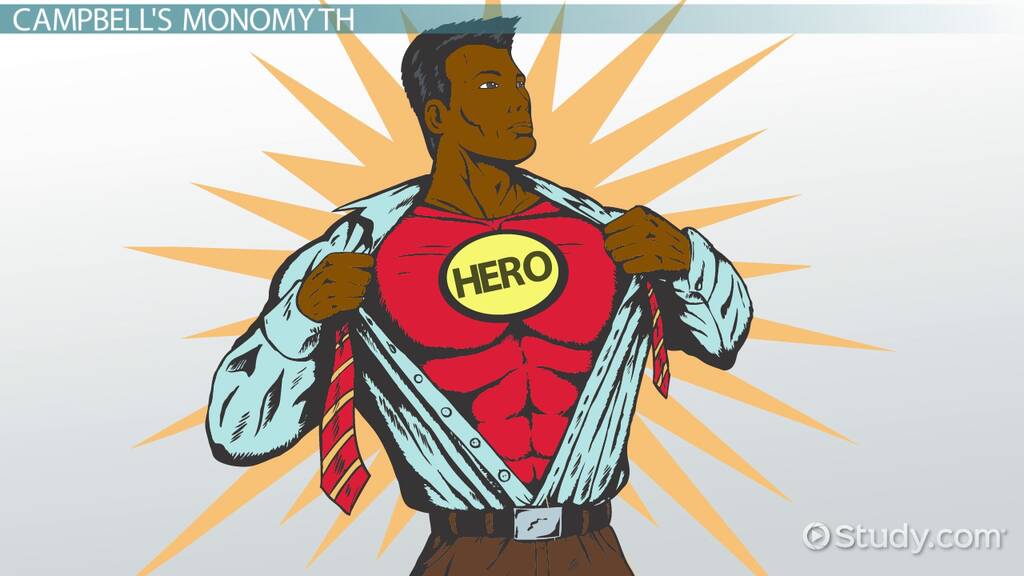The Hero’s Journey, a narrative framework rooted in ancient mythology, has become a fundamental concept in literature and film. This monomyth, as described by Joseph Campbell, outlines the stages of a hero’s adventure, from the call to adventure to the eventual return, transformed and enlightened. Through countless stories across cultures and generations, the Hero’s Journey continues to captivate audiences, offering profound insights into the human experience.
At its core, the Hero’s Journey mirrors the universal human experience of growth and transformation. Every individual encounters challenges and opportunities for self-discovery, akin to the hero’s adventures in mythical tales. The hero, often reluctant at first, embarks on a journey that leads to encounters with mentors, tests of character, and confrontations with adversaries. These experiences force the hero to confront fears, make difficult choices, and ultimately undergo profound inner and outer transformations.
In literature and film, the Hero’s Journey serves as a powerful storytelling tool. It allows audiences to connect with characters on a deep level, recognizing their struggles and triumphs as reflections of their own lives. The hero’s evolution from an ordinary individual to someone extraordinary resonates with our collective desire for growth and self-realization. By experiencing the hero’s journey vicariously, audiences are inspired to navigate their personal challenges with courage and resilience.
Moreover, the Hero’s Journey often emphasizes the significance of mentors and allies. These guiding figures represent wisdom, experience, and support—elements crucial in the real world as well. In our own lives, mentors and supportive relationships can provide valuable insights, encouragement, and perspective, helping us navigate difficult situations and make informed decisions. By recognizing the importance of mentors, we understand that seeking guidance is not a sign of weakness but a step towards growth and wisdom.
Furthermore, the Hero’s Journey explores the theme of confronting the shadow self—the darker aspects of our personality or the challenges we fear to face. The hero’s battle with inner demons or external adversaries symbolizes our own struggles with doubts, fears, and insecurities. By acknowledging and addressing these challenges, we can overcome limitations, leading to personal transformation and empowerment.
In conclusion, the enduring appeal of the Hero’s Journey in literature and film lies in its ability to mirror the human experience. It provides a framework through which we can understand our own journeys, complete with trials, mentors, and moments of self-discovery. By exploring this mythic structure, we gain valuable insights into the complexities of the human psyche and the transformative power of embracing challenges. Ultimately, the Hero’s Journey reminds us that within every obstacle lies an opportunity for growth and that, like the heroes of ancient myths, we too can emerge stronger, wiser, and profoundly changed.



